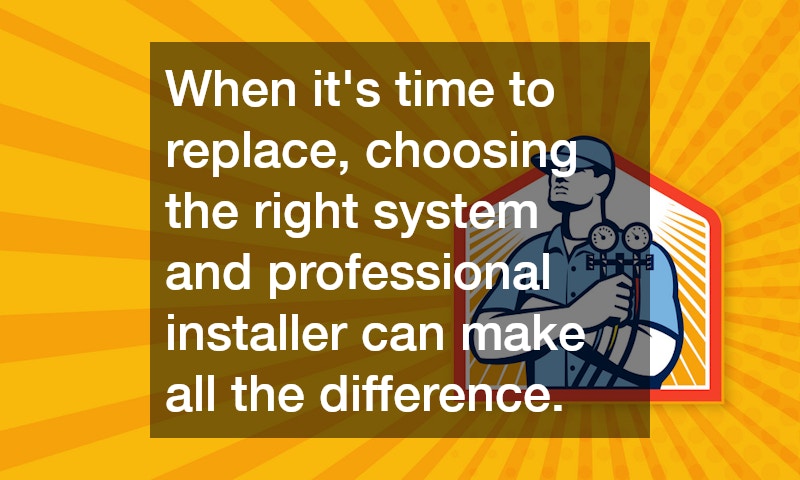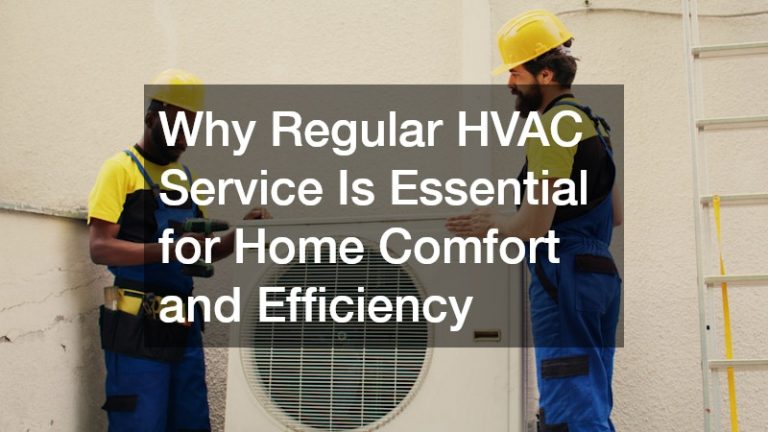Understanding when it’s time to replace air conditioner units can save you money, improve comfort, and increase energy efficiency. In Colorado Springs, CO, where weather conditions vary greatly, knowing the signs of an aging or failing HVAC system is crucial. This article explores the top questions and considerations for determining when you should consider replacing your air conditioner.
1. What Are the Common Signs That Signal It’s Time to Replace an Air Conditioner?
1.1 Age of the Air Conditioner
One of the most common indicators that it’s time to replace an air conditioner in Colorado Springs, CO, is its age. Typically, air conditioners are designed to last between 10 to 15 years. After this period, even with regular maintenance, components start to wear out, leading to decreased efficiency and performance. As your system ages, it may require more frequent repairs, leading to increased costs that make replacement a more feasible option. Users in Colorado Springs should especially monitor older units due to the region’s fluctuating weather conditions, which can accelerate wear and tear.
1.2 Frequent Repairs Needed
If you find yourself calling a technician more often than usual, it might be time to consider a replacement. Frequent malfunctions not only disrupt your comfort but can also become a financial burden. Often, persistent repairs are a sign that the system’s major components, like the compressor or motor, are failing. Investing in a new unit could save time and stress in the long run, ensuring reliable cooling without repeated breakdowns. Many homeowners find that the cost of constant repairs can quickly match or exceed the cost of a new system.
1.3 Rising Energy Bills
Whether your air conditioner is at the end of its lifespan or it’s simply inefficient, rising energy bills are a clear signal to consider a new unit. As efficiency diminishes, systems consume more electricity to maintain the same level of cooling. This uptick in energy usage can be particularly noticeable during the intense summers in Colorado Springs. A new unit, especially one with a higher SEER rating, will use significantly less energy, reducing monthly utility costs. Replacing an old system is not just about comfort; it’s a wise investment in your home’s energy efficiency.
1.4 Inconsistent Temperature Control
Temperature fluctuations across different rooms are another sign that it’s time to replace your air conditioner in Colorado Springs, CO. Older units often struggle to maintain a consistent temperature, leading to hot and cold spots throughout your home. This inconsistency is not only uncomfortable but can also indicate issues like ductwork leaks or failing components within the HVAC system. An updated system will distribute cooled air more effectively, enhancing overall comfort. Modern technologies such as zoned systems can further improve temperature control, catering to individual room preferences.
1.5 Unusual Noises or Smells
Strange noises or odors coming from your air conditioner often signal underlying issues. Grinding, squealing, or banging sounds could indicate mechanical problems like loose or broken parts. Similarly, musty or burning smells might suggest mold growth or electrical issues, respectively. These signs can indicate that your system is on its last legs, and attempting to repair such problems may prove inefficient or costly. Opting for a replacement can eliminate these issues and restore peace and fresh air to your environment.
2. How Does the Climate in Colorado Springs, CO Affect Air Conditioner Lifespan?
2.1 Impact of Seasonal Temperature Fluctuations
Colorado Springs experiences significant temperature changes throughout the year, which can affect the longevity of HVAC systems. Sweltering summers demand that air conditioners work tirelessly, increasing wear and tear on parts such as the compressor and motor. In contrast, the cold winters may lead to prolonged inactivity for some components, which also poses risks when they’re suddenly needed again. This climate-induced stress can shorten the lifespan of older units. Regular inspection and proactive replacement are crucial strategies to mitigate these temperature-related impacts on your air conditioning system.
2.2 Effect of High Altitude on HVAC Systems
The high altitude of Colorado Springs can influence the performance and lifespan of air conditioners. At higher elevations, air density is reduced, impacting the heat exchange process within AC systems. This reduced efficiency often makes it more difficult for units to cool spaces effectively, leading them to operate longer and harder. Consequently, this can prompt premature wear or higher energy consumption, justifying timely replacements. When choosing a new unit, selecting models designed to perform at high altitudes can ensure optimal operation and longevity.
2.3 Influence of Humidity Levels
While Colorado Springs is known for its relatively dry climate, periods of higher humidity can still affect air conditioners. These fluctuations can lead to increased moisture levels in the HVAC system, potentially causing mold or mildew growth and electrical issues. Continual exposure to such conditions can degrade components faster, further highlighting the need for regular checks and possible replacements. Modern air conditioning units offer advancements in moisture control, which can manage humidity levels more effectively. Replacing older models with these newer technologies will address not only cooling but also air quality improvements.
Recognizing the signs of a failing air conditioner and understanding the benefits of replacement can significantly affect your comfort and utility costs. In Colorado Springs, CO, with its unique climate and environmental conditions, timely replacements can ensure optimal HVAC performance. When it’s time to replace, choosing the right system and professional installer can make all the difference.
.







